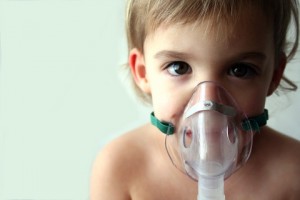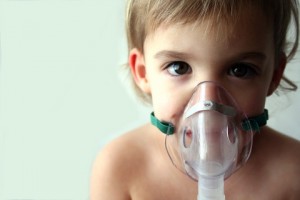 An Asthma Epidemic?
An Asthma Epidemic?
Approximately five million children have asthma, which is the number one reason for school absenteeism.
Who Gets Asthma?
Few babies are born with asthma. It is seldom serious in infants but tends to become more severe through childhood, generally worsening around 8-14 years. Asthmatic children often have parents with asthma, a history of food and other allergies, eczema, and immune deficiencies. More males develop asthma than females.
Prevention
Preventing an attack is far easier than treating an acute one, which requires immediate medical care. Prevention isn’t merely assuring that children take medication, which can often have serious side effects.
It also involves monitoring the environment, introducing techniques and exercises to improve and prevent the condition, and trying some alternative therapies.
Asthma Triggers
Allergens at home and school often trigger an attack. A combination of factors eventually causes an attack, because asthma, like other health problems, does not have a single cause. Each trigger puts an additional load on the immune system.
Some triggers are allergic irritants, like dust mites, molds, pollen, animal dander, chemicals and certain foods. Others are non-specific, such as exercise, emotions, tobacco smoke and infections. All can be controlled with effort.
Learn to Breathe Correctly
Most asthmatics have shallow breathing. Young children may be unable to learn special breathing techniques, but playing these games can help them breathe correctly. ..
- Blowing up balloons.
- Blowing pencils or ping-pong balls across a table, with and without a straw.
- Singing.
- Learning to play a wind instrument to help expand lung capacity and diaphragmatic control when the child exhales for several seconds.
- Swimming. Teach children to exhale under water and to relax by floating.
- Skipping, with accompanying arm movements – good exercise that relaxes upper chest muscles.
- Playing pretend animal games. Imitate an elephant by bending the knees, dropping the head forward, relaxing the shoulders and swaying the arms like a trunk. Imitate a monkey by crawling with exaggerated arm motions.
Watch What You Eat and Clean with
In addition to obvious allergens like peanuts, milk and shellfish, asthmatics must watch for additives, preservatives and yeast products.
The Feingold Association is the best source for acceptable and problematic products by brand.
Watch for tartrazine (it colors foods and medicines yellow, green and orange), sodium metabisulfite (a preservative in canned foods), MSG, BHA and BHT.
Use natural cleaners. Wash clothes in unscented, detergent-free, biodegradable soap.
Use herbs for pest management in the garden.
Asthma Alternative Therapies
- Herbal remedies are often used in combination. Many formulas relieve asthmatic symptoms. Check with your health care supplier for products containing astragalus, passion flower, thyme, grindelia, euphorbia, horehound, senegaa and licorice (recommended by Hippocrates).
- Homeopathy offers many remedies for asthma, depending on the accompanying symptoms. Consult with a homeopathic practitioner.
- Eucalyptus oil is a most effective natural remedy for asthma, when massaged into the chest, used in a vaporizer, or put on a tissue to be inhaled throughout the day. It can also be used as a disinfectant, room deodorizer, insect repellent, and cleaner for clothes, dogs or dishes.
- Acupressure works by massaging points that quiet the nervous system, clear the lungs and relax the chest.
Other Therapies
Many body-works treatments are effective for asthma prevention and treatment. Consider working with a chiropractor, osteopathic physician, kinesiologist or massage therapist.
Improving misalignment of the spine and decreasing stagnation in the blood supply to nerves, tissues and muscles can move mucus in the bronchial passages and generally improve the health of an asthmatic child.
Yoga, t’ai-chi, the Alexander and Feldenkrais techniques and foot reflexology can all be efficacious treatments for asthma.
Air Purifiers and Ionizers
Using air treatment devices at home and school can improve the quality of indoor air for asthmatics by reducing triggers and increasing the number of negative ions.
A negative-ion rich environment can help headaches, depression, skin problems and wounds, as well as improve breathing.
Still Looking for Answers?
Visit the Epidemic Answers Provider Directory to find a practitioner near you.
